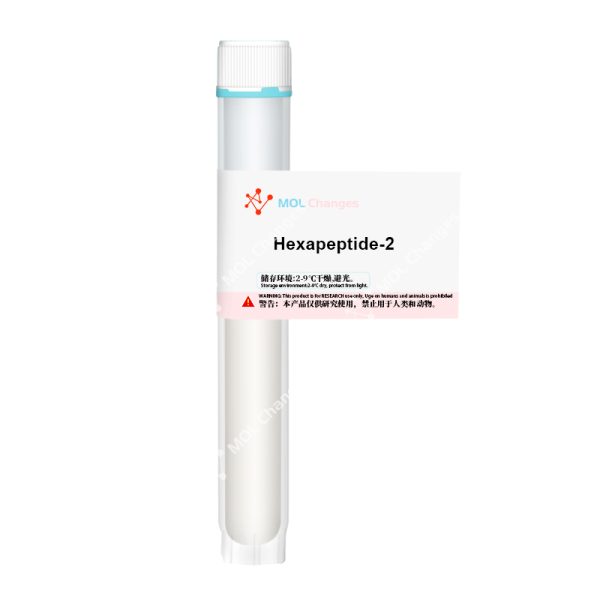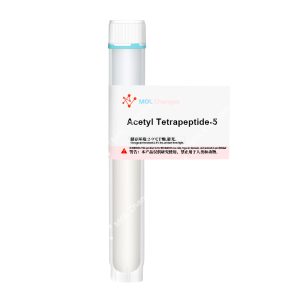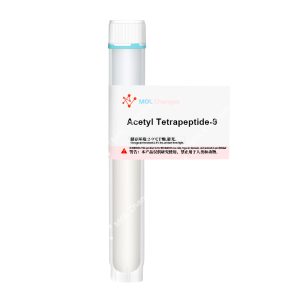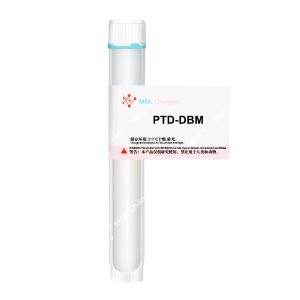Hexapeptide-2, or more commonly referred to as GHRP-6, is an α-melanocyte-stimulating hormone antagonist. Inhibiting tyrosinase activity, it suppresses both the production and subsequent deposition of pigment; improving overall skin tone is one of its primary effects.
The incorporation of D-amino acids within its structure significantly enhances metabolic stability, along with strengthened receptor binding stability and affinity. Structurally similar to α-MSH itself, Hexapeptide-2 blocks this hormone’s ability to bind to its receptors – melanocyte activity being the direct target inhibited.
As an equivalent of GHRP-6, pulsatile pituitary secretion of growth hormone is stimulated; protein synthesis, bone development (and all related repair processes), wound healing, and enhancement of immune function are all positively influenced.
Sequence
His-Trp-Ala-Trp-Phe-Lys or H-His-D-Trp-Ala-Trp-D-Phe-Lys-NH2
CAS Number
87616-84-0
Molecular Formula
C46H56N12O6
Molecular Weight
873.014
Hexapeptide-2 Related Research
1.Potential Therapeutic Applications
Promising cosmetological potential exists as a whitening agent or a therapeutic for various forms of hyperpigmentation disorders. The antagonistic properties also suggest broader potential uses: appetite stimulation, cachexia improvement, and modulation of inflammation.
2.Antagonizing the α-MSH signaling pathway
Competitive receptor binding is the key mechanism; reducing melanin synthesis is the direct outcome.
Effective skin lightening is the end result of this process. Appetite centers in the hypothalamus may be influenced, with quality of life improvements for patients with cachexia or age-related loss of appetite being a valuable secondary benefit.
3.Promoting Pulsatile Growth Hormone Secretion
Synergistic enhancement of endogenous ghrelin and suppression of somatostatin are what drive the desired pulsatile release.
This physiological pattern of release is considered a more effective therapeutic approach to avoid desensitization.
4.Stimulating Tissue and Bone Repair
Increased levels of growth hormone and IGF-1 promote mitotic and anabolic activity, thereby stimulating tissue proliferation, differentiation, and repair.
This accelerates the repair of soft tissue and bone, promotes fibroblast proliferation and collagen synthesis, and enhances wound healing.
Additionally, it stimulates osteoblast activity and bone matrix formation, which helps increase bone density, accelerate fracture healing, and combat age-related bone loss.
COA
HPLC
MS
1









Reviews
There are no reviews yet.